


Theme
4II Learning / eLearning 1
INSTITUTION
1-Barretos School of Health Sciences, Dr. Paulo Prata - FACISB.
2-ICVS/3B’s. School of Health Sciences. University of Minho.
Morphological sciences, such as histology, are classical components of medical curriculum. They help students to understand the arrangement of cells and tissues, serving as basis to teach about diseases and/or physiological conditions.
Histology teaching is challenging:
- there are several communication issues between students and teachers during identification of histological structures in the microscope;
- access to slides/microscope outside the school is limited;
- the study in groups is hard to be performed at the current used microscopes in school;
- technical difficulty in handling the microscope can interfere histology learning process.
Therefore, new approaches in histology teaching may help students to learn in an easier and/or autonomous/active way.
In order to propose new approaches, we analyzed the perception of the students in the learning process, using virtual slides vs. traditional histology during the classes and exams.
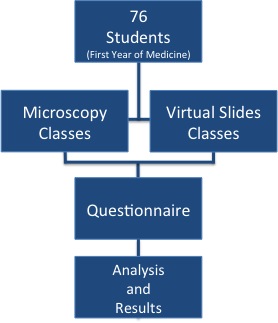
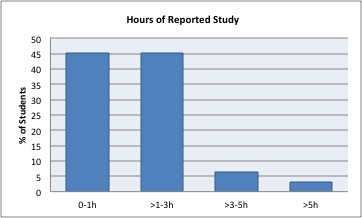
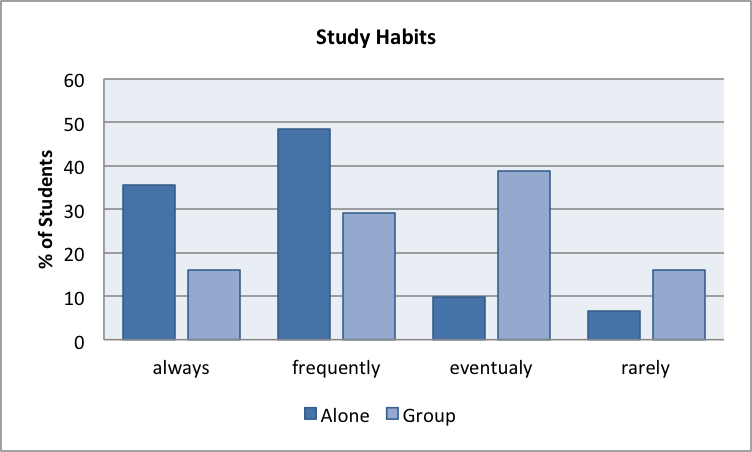
- 56.6% of students study between 1-3 hours/lecture, frequently alone
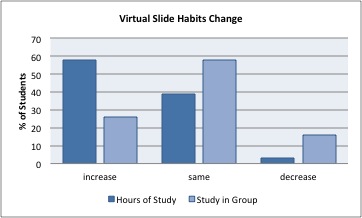
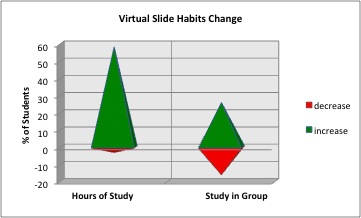
- Using virtual slides, most of the students reported that they would increase the study time, and 28.9% reported that they would start studying in a group
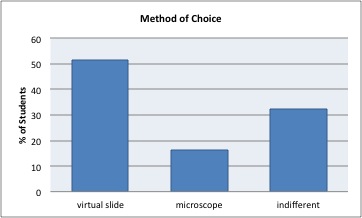
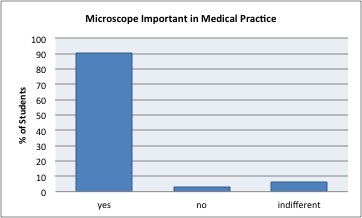
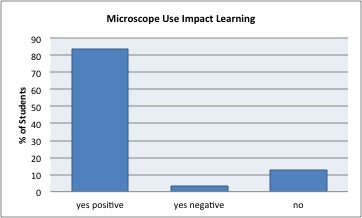
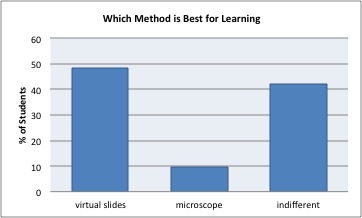
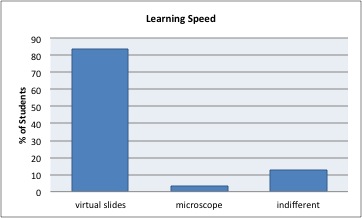
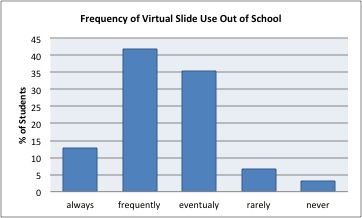
- 37.3% reported that they would frequently use the virtual slides outside the school
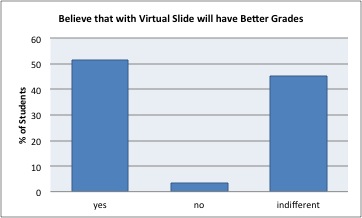
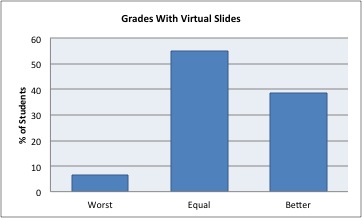
- Besides 48.7% reported that the use of virtual slides or microscope would make no difference, 73.3% reported that virtual slides use increases learning speed, and 45.3% believe that will have better assessment grades
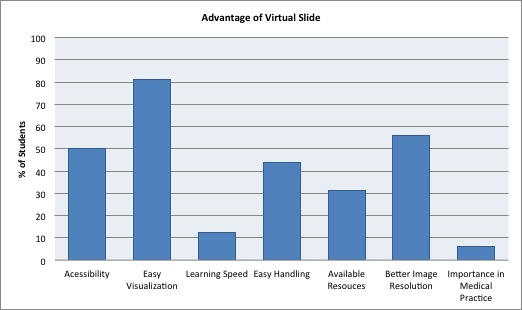
- Overall grade given by the students to virtual slides was higher than the ones given to microscopy
Virtual slides have the potential of increasing the student’s interests, changing study habits, and improve dynamism of lectures and home studies.
Virtual slides may change some student’s habits which could enhance learning process.
Hortsch, M. Virtual biology: teaching histology in the age of Facebook. The FASEB Journal 27.2, 411-413 (2013).
 Send Email
Send Email